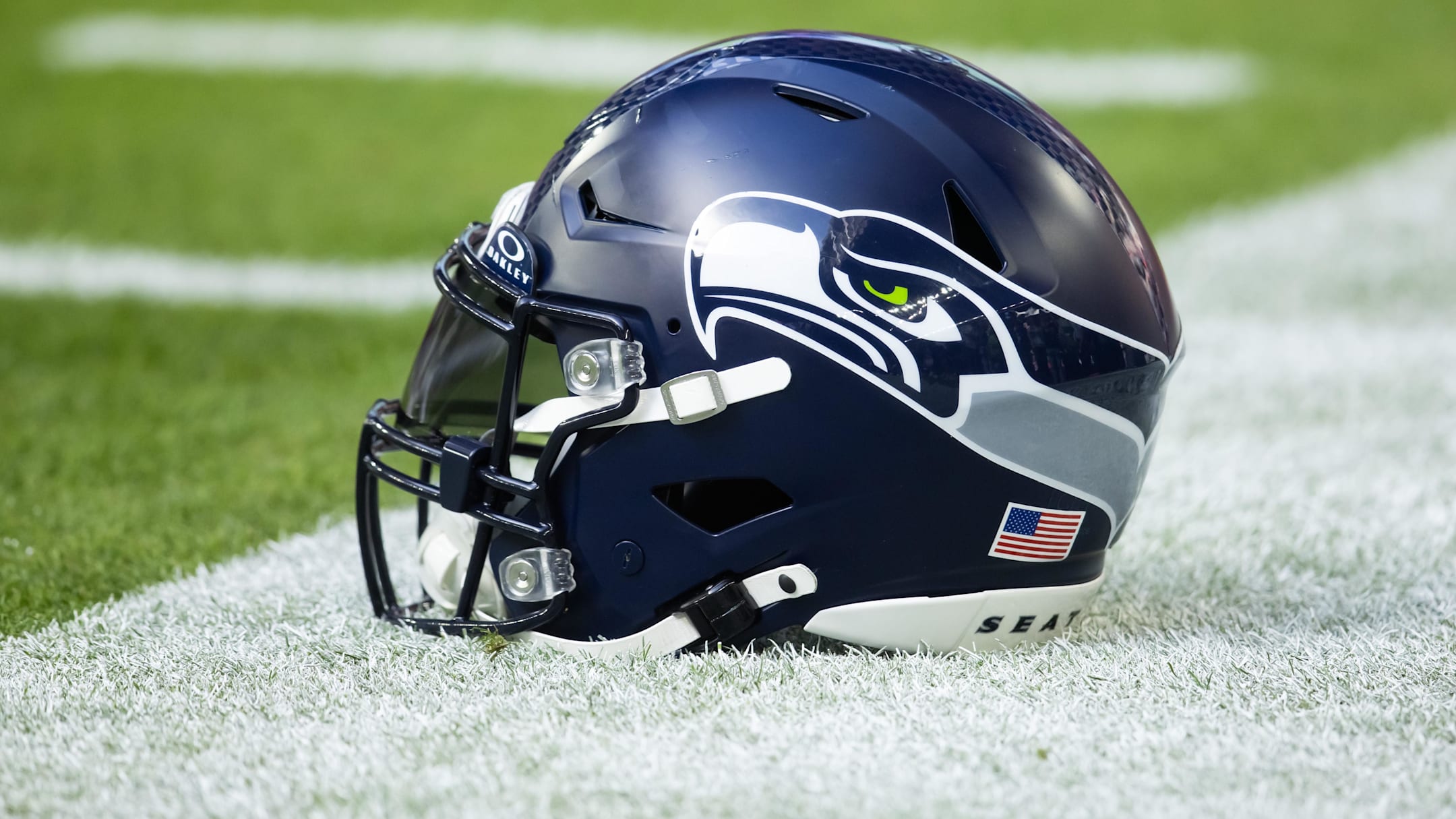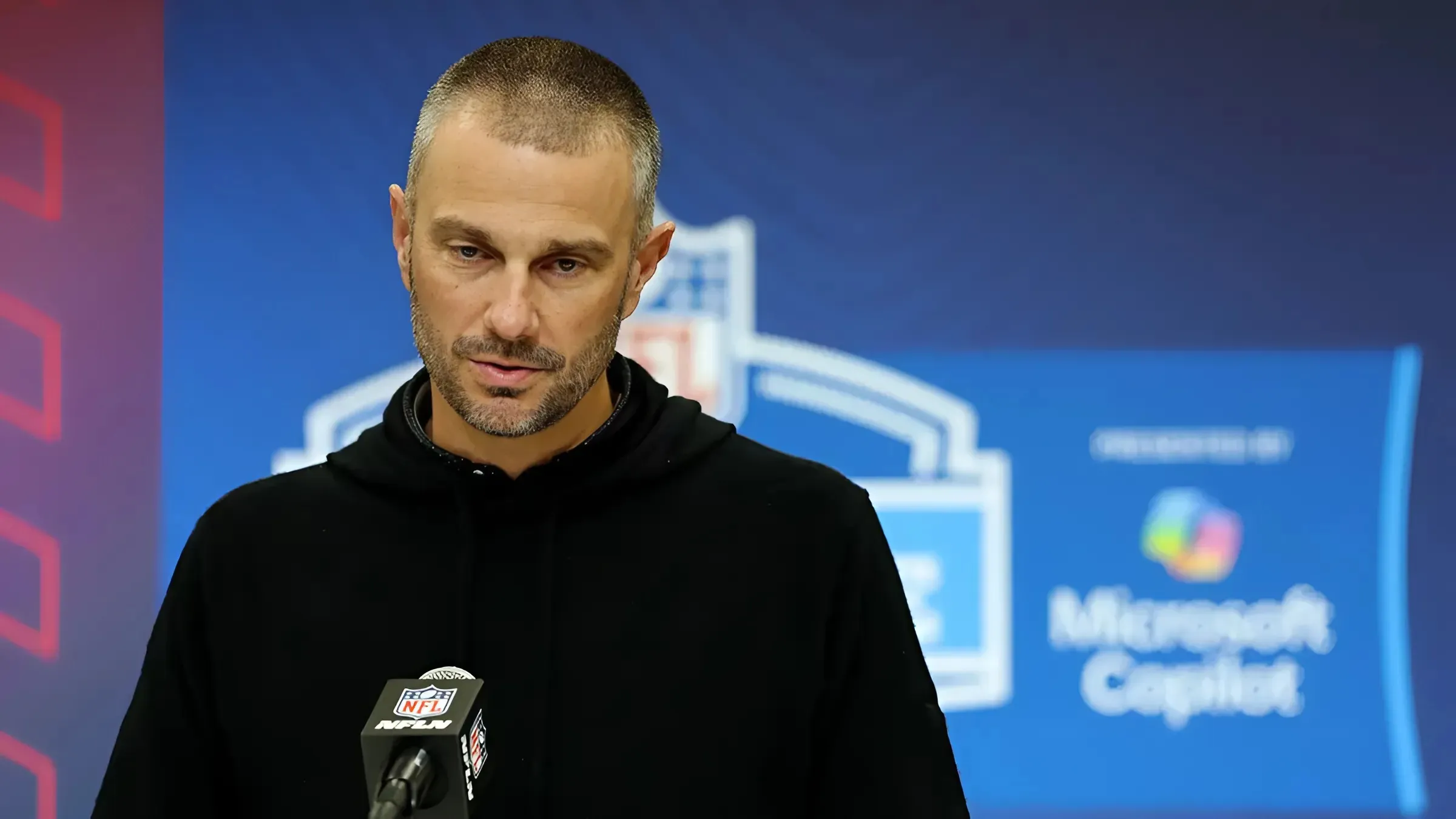There are dozens of “what ifs” and “might have beens” throughout the history of Alabama football, but one potential seismic occurrence took place during the 1969-70 offseason.
Perhaps burnt out after a number of disappointing seasons with the Crimson Tide, Paul “Bear” Bryant agreed in principle on a deal that would have made him head coach of the NFL’s Miami Dolphins. He said later he was intrigued by the challenge of professional football, and that the money was difficult to ignore.
“I don’t know how many times I talked with (Dolphins owner) Joe Robbie,” Bryant wrote in Bear, his 1975 autobiography. “Twenty, maybe. I went down at Christmastime with (wife) Mary Harmon and spent three weeks. … Joe kept talking and I kept listening. … My head was turned.”
It wasn’t the first time Bryant had flirted with professional football. In the 1950s, he’d very nearly jumped from Kentucky to take over the NFL’s Washington franchise, which offered him an eight-year contract.
But in the end, talks broke down once Bryant realized Washington owner George Preston Marshall would never give cede full control of roster decisions to the coach. Bryant later had discussions with the Green Bay Packers and Atlanta Falcons, but never got serious with either.
In addition, Oakland A’s owner Charlie Finley had said on several occasions he hoped to land an NFL team for his hometown of Birmingham, either by buying an existing club and moving it or by being awarded an expansion franchise. If he did so, he would hire Bryant as his head coach at $100,000 per year over 10 years (Finley obviously never did get a team).
Miami was different, however. The Dolphins in 1970 had a roster filled with young talent (including future Hall-of-Famers Bob Griese, Larry Csonka and Paul Warfield), and in Joe Robbie had an owner who was willing to give Bryant whatever he wanted.
In Bear, Bryant wrote that he and Robbie agreed on a 5-year, $1.7 million contract, an annual figure that would have more than tripled his Alabama salary. The deal also included, “a stock option, a place to live, cars — the works,” Bryant wrote. Robbie added a $10,000 fund for Mary Harmon Bryant to travel back-and-forth from Miami to Tuscaloosa as often as she liked.
“What he said appealed to me,” Bryant said. “… I had been accustomed to living a lot better than I’m entitled, and by the time we got all the goodies lined up I actually agreed to go.”
The deal in place, Bryant told top assistant coach John David Crow to head down to Miami for a few days. Crow was to fire everyone “but the girl answering the phone” when he got there, as he told Bryant biographer Keith Dunnavant.
Bryant also met with Alabama officials, who agreed to let him out of his contract if he helped find a coach “as good as you” to replace him. Bryant suggested LSU’s Charlie McClendon, Texas’ Darrell Royal and USC’s John McKay, none of whom were likely to leave their current situations for Tuscaloosa.
Having been unsuccessful in his mandate to find a suitable replacement, Bryant backed out of the Miami deal. He told Robbie the news in Mobile during the week of at the January 1970 Senior Bowl.
“I’m sorry and I apologize,” Bryant said he told Robbie, “but I’m not interested in a new deal. I just can’t do it. There’s no way I can leave Alabama.”
Rebuffed by Bryant, Robbie hired Don Shula away from the Baltimore Colts to coach the Dolphins. Shula won two Super Bowls and reached three more during 26 seasons in Miami, and holds the all-time NFL record with 328 victories (347 counting playoff games).
The decision to stay at Alabama appeared to rejuvenate Bryant and his program. The 1971 Crimson Tide team was the first to be integrated, and also featured the powerful wishbone offense.
After winning three national championships and four SEC championships in the 1960s, Bryant added three more national titles and nine more conference titles from 1971 until his retirement at the end of the 1982 season. He was already a great coach by 1970, but the second half of his tenure in Tuscaloosa made him a legend.
“The Paul ‘Bear’ Bryant that we know as a historical figure in college football and in the state of Alabama would not have the same significance if he had left for the NFL in 1970,” Dunnavant told AL.com in 2020. “… He would have left in a cloud of mediocrity.
“The man, the myth and the legend that we know from history — you really can’t separate the last half of his career from that legacy. It’s hard to even imagine the legacy of Coach Bryant without the 70s.”

-1750307517-q80.webp)

